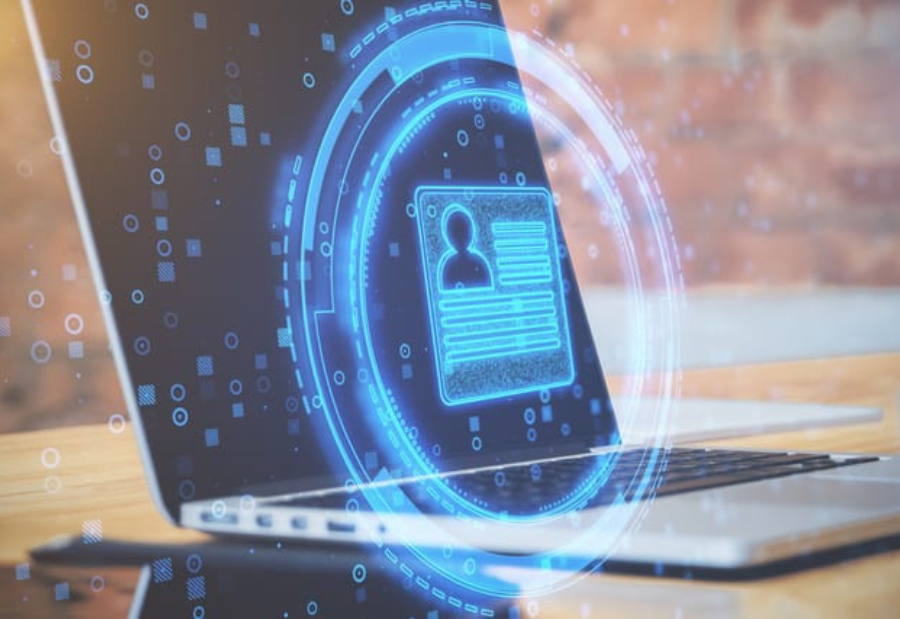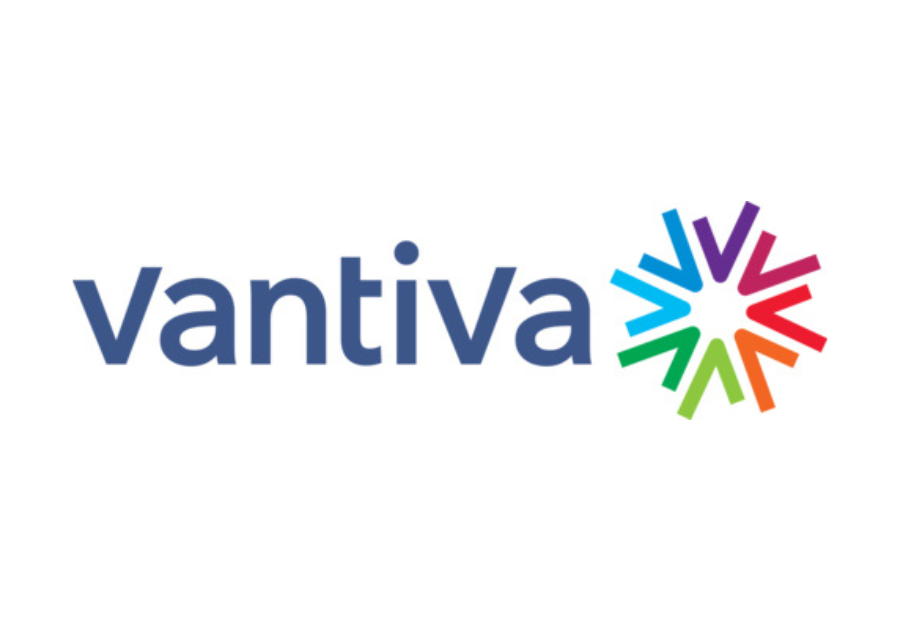In today’s hyper-connected world, where everything from banking to socializing happens online, protecting digital privacy has become more than just a good habit—it’s a necessity. With every click, search, and share, we leave behind traces of data that, when misused, can compromise not just our identities but our freedoms and security.
Why Digital Privacy Matters More Than Ever
From AI-driven personalization to data-driven decision-making, our information fuels much of the modern digital economy. While this has led to convenience and innovation, it has also opened the doors to increased surveillance, cybercrime, and unconsented data exploitation.
According to various global studies, cyberattacks have surged post-pandemic, targeting both individuals and organizations. Personal information, once compromised, can be sold on the dark web, used for fraud, or manipulated for psychological profiling. Protecting your digital privacy is no longer optional—it’s imperative.
Common Threats to Digital Privacy
- Phishing Attacks: Deceptive messages trick users into giving up personal data.
- Data Tracking: Websites and apps monitor your behavior for targeted advertising or even resale.
- Public Wi-Fi Risks: Open networks can be a goldmine for hackers to intercept sensitive data.
- Social Engineering: Psychological manipulation to gain confidential information.
- Data Breaches: Even trusted organizations are vulnerable, putting your data at risk.
How to Take Control of Your Digital Privacy
Here are practical steps you can take to safeguard your online presence:
1. Strengthen Your Passwords
Use strong, unique passwords for every account. Enable multi-factor authentication (MFA) wherever possible. Consider using a password manager to securely store your credentials.
2. Be Mindful of What You Share
Limit personal information shared online, especially on social media platforms. Cybercriminals often use small bits of information (like your pet’s name or birthday) for password guessing or phishing scams.
3. Use Secure Networks
Avoid accessing sensitive data over public Wi-Fi. If necessary, use a Virtual Private Network (VPN) to encrypt your internet connection.
4. Review App Permissions
Many mobile apps request access to data they don’t actually need. Regularly review and restrict app permissions on your devices.
5. Keep Software Up-to-Date
Security patches are often part of updates. Outdated software can leave you vulnerable to known exploits.
6. Be Cautious with Links and Attachments
Always verify links and attachments before clicking—especially those from unknown senders. Hover over links to preview URLs and ensure they are legitimate.
7. Use Privacy-Focused Tools
Search engines like DuckDuckGo and browsers like Brave are designed with privacy in mind. Also, consider encrypted communication apps such as Signal.
The Role of Organizations and Policy
While individual actions are critical, companies and governments also bear responsibility. Transparent data practices, robust cybersecurity policies, and strict regulatory compliance—such as GDPR and India’s DPDP Act—are essential to safeguarding collective digital rights.
Organizations must prioritize “Privacy by Design”, embedding security into the DNA of digital products and services. Consumers are becoming increasingly aware—and wary—of how their data is used, and trust is now a key differentiator.
Final Thoughts
In an increasingly digital world, privacy is power. Taking proactive steps to protect your digital footprint isn’t about paranoia—it’s about empowerment. As technology continues to evolve, so must our understanding and defense of personal privacy.
Also read: Viksit Workforce for a Viksit Bharat
Do Follow: The Mainstream formerly known as CIO News LinkedIn Account | The Mainstream formerly known as CIO News Facebook | The Mainstream formerly known as CIO News Youtube | The Mainstream formerly known as CIO News Twitter |The Mainstream formerly known as CIO News Whatsapp Channel | The Mainstream formerly known as CIO News Instagram
About us:
The Mainstream formerly known as CIO News is a premier platform dedicated to delivering latest news, updates, and insights from the tech industry. With its strong foundation of intellectual property and thought leadership, the platform is well-positioned to stay ahead of the curve and lead conversations about how technology shapes our world. From its early days as CIO News to its rebranding as The Mainstream on November 28, 2024, it has been expanding its global reach, targeting key markets in the Middle East & Africa, ASEAN, the USA, and the UK. The Mainstream is a vision to put technology at the center of every conversation, inspiring professionals and organizations to embrace the future of tech.



